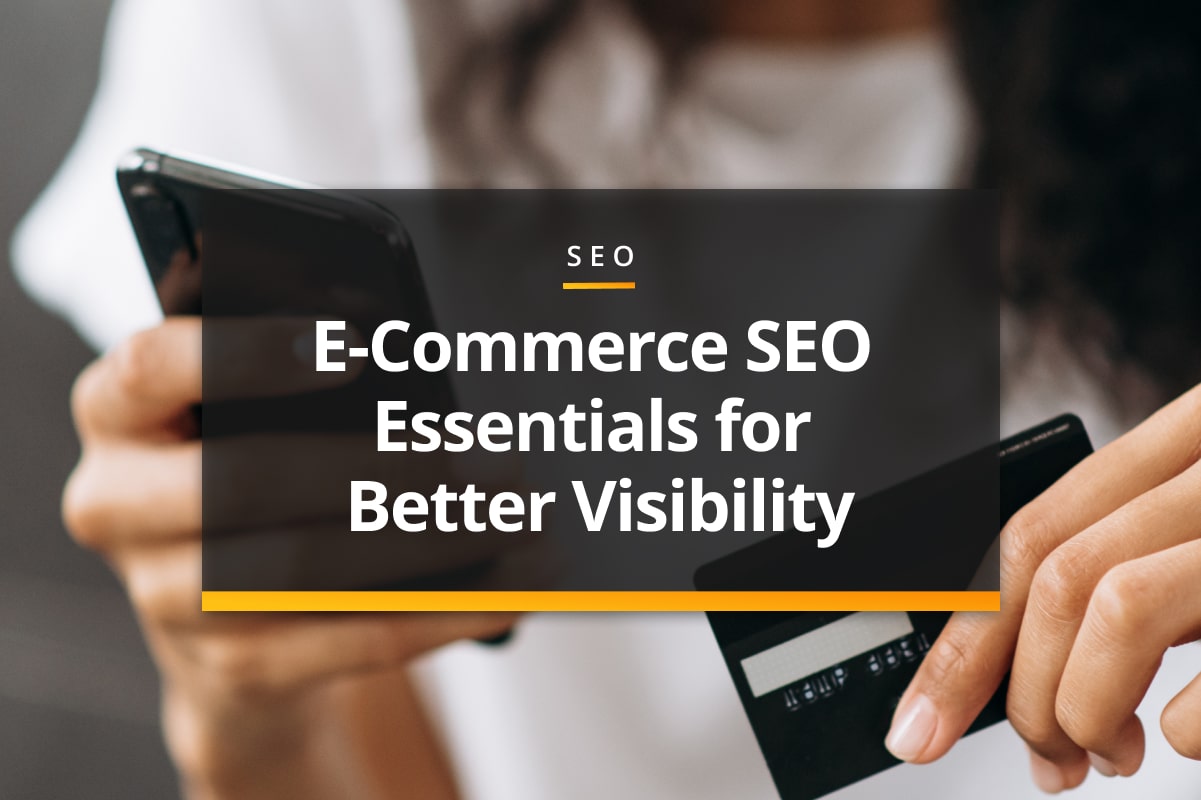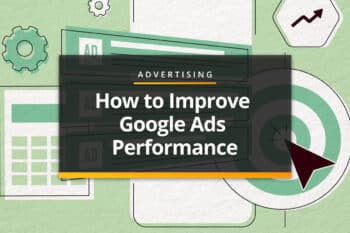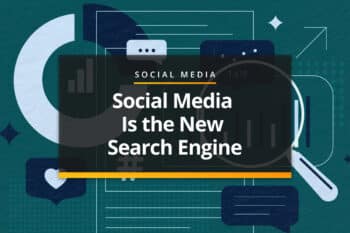
With the holidays creeping up and everyone’s online shopping habits kicking into “I swear these are gifts” mode, it’s a perfect time to talk about e-commerce SEO. At its core, e-commerce SEO is simply optimizing your online store so search engines can find and rank your products instead of burying them somewhere around page nine – also known as the digital abyss.
Why take the time? More visibility = more qualified shoppers = more revenue. It’s not complicated math (even for someone like me, who takes 10 minutes to solve a Sudoku….with hints). Even better, good SEO makes it easier for people to find what they actually want; it doubles as a customer experience win. If shoppers don’t have to dig for what they’re looking for, they’re more likely to stick around and click that “add to cart” button, leading to a better experience for everyone involved.
Start with Smart Site Structure

E-commerce sites grow fast. One minute, you have a sleek little store; the next, you’ve unintentionally built a digital maze with 47 categories and a sidebar filter so complicated it should come with a map. A clean structure helps both shoppers and Google find what they need.
Keep Your Hierarchy Shallow
A simple flow works best:
Homepage > Category > Subcategory > Product
This setup keeps navigation intuitive and helps you prioritize products in a way that matches your business needs.
Choose Clear Category Names
Skip the artsy names that’ll leave your customers confused. Go with straightforward, keyword-rich labels that match what people are searching for. A good agency can help you do the research to learn about your target audience’s shopping habits!
Add Breadcrumb Navigation
Breadcrumbs help shoppers backtrack without rage-clicking and giving Google another useful clue about how your site is organized. A strong structure improves crawlability and relevance – a win for any e-commerce site!
Optimize Product & Category Pages

These pages are your revenue drivers. That alone makes them worth the extra attention, but they also tend to be the highest-intent pages your customers land on. Treat them well, and your SEO (and sales, whoop whoop) tick upward.
Write Unique Product Descriptions
Avoid manufacturer descriptions – duplicate content holds your rankings back, especially when competing with larger, more established sites. Having descriptions personalized to your brand voice and your target is the best way to rank in Google’s fancy algorithms, as well as improve the user experience.
Use Strong Product Images With Helpful Alt Text
Search engines can’t see your photos, so alt text fills in the blank. Make sure each image has a unique description and isn’t just a sad series of “img34563.jpg” on every page.
Add FAQs
Perfect for capturing question-based searches and reducing hesitation at the point of purchase. As AI continues to climb the ranks of search engines, the way customers are searching is shifting. Having answers readily available not only pulls your site to the top of search results but also builds trust in your brand when users get to your page.
Fix the Technical Issues That Quietly Hurt Rankings
I am not a developer….trust me. You can read my Slack thread with our actual developer and confirm that immediately. But I do shop online a lot, and nothing makes me abandon my cart faster than a site that loads like it’s on dial-up or has a search bar that returns…vibes. Tightening up the technical side keeps shoppers from bailing, and helps Google take you seriously, too.
Improve Your Site Speed
Google rewards faster sites with better rankings – and customers reward those same sites with more purchases!
Add Structured Schema
Product schema helps Google show rich results like:
- Price
- Stock Status
- Ratings
- Reviews
These small enhancements make your listings more clickable!
Keep URLs Clean
Avoid long parameter strings or URLs that read like hieroglyphics. Simpler is better for both user experience and SEO.
Create Helpful Content that Supports Buying Decisions

This is where the inbound methodology magic happens. Informational content helps shoppers research, compare, and feel confident – all while building authority for your store in Google’s algorithms.
Content Ideas
- Buying guides (“How to Choose the Right Mattress for Your Sleep Style”)
- Comparison posts (“Bamboo vs Metal Straws”)
- How-to care or usage guides
- Seasonal roundups (holiday gift guides, summer essentials, trending decor)
Search engines (and humans) love stores that provide real value. Informational content broadens your reach and supports your core product pages.
The Bottom Line
E-commerce SEO is really just about making your store findable, functional, and friendly – for both people and search engines. Get the basics right, and evertyihg else works better: higher visibility and conversions, and fewer frustrated shoppers wondering why your search bar thinks “sweater” means “toaster.”
Most Popular Articles

Seeing Favicons in Your Google Search Results? Here’s Why…
Have you noticed anything different in your Google Search results lately? Google added tiny favicon icons to its organic search results in January. It was…

Business Growth and Digital Marketing News & Tips 11-17-24
Are you encouraging and rewarding innovation? Lee Cockerell is the former Executive Vice President of Operations at Walt Disney World. A lover of traditional red…

Business Growth and Digital Marketing News & Tips 11-27-24
A culture of gratitude "Feeling gratitude and not expressing it is like wrapping a present and not giving it." – William Arthur Ward Beyond being…








